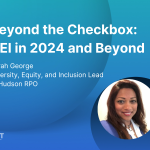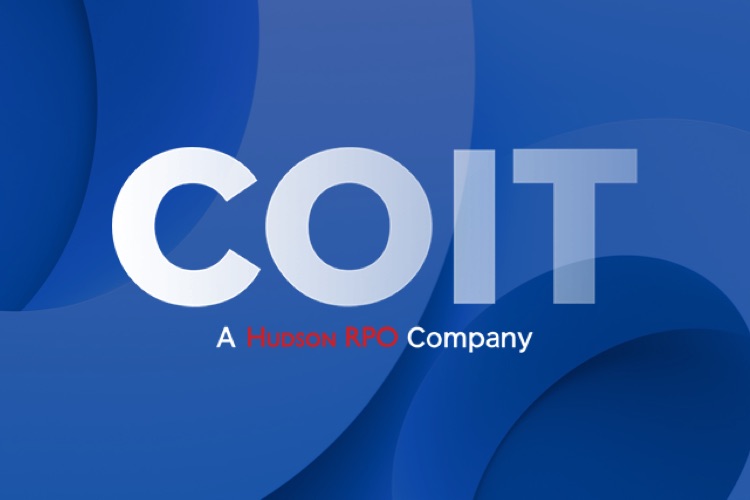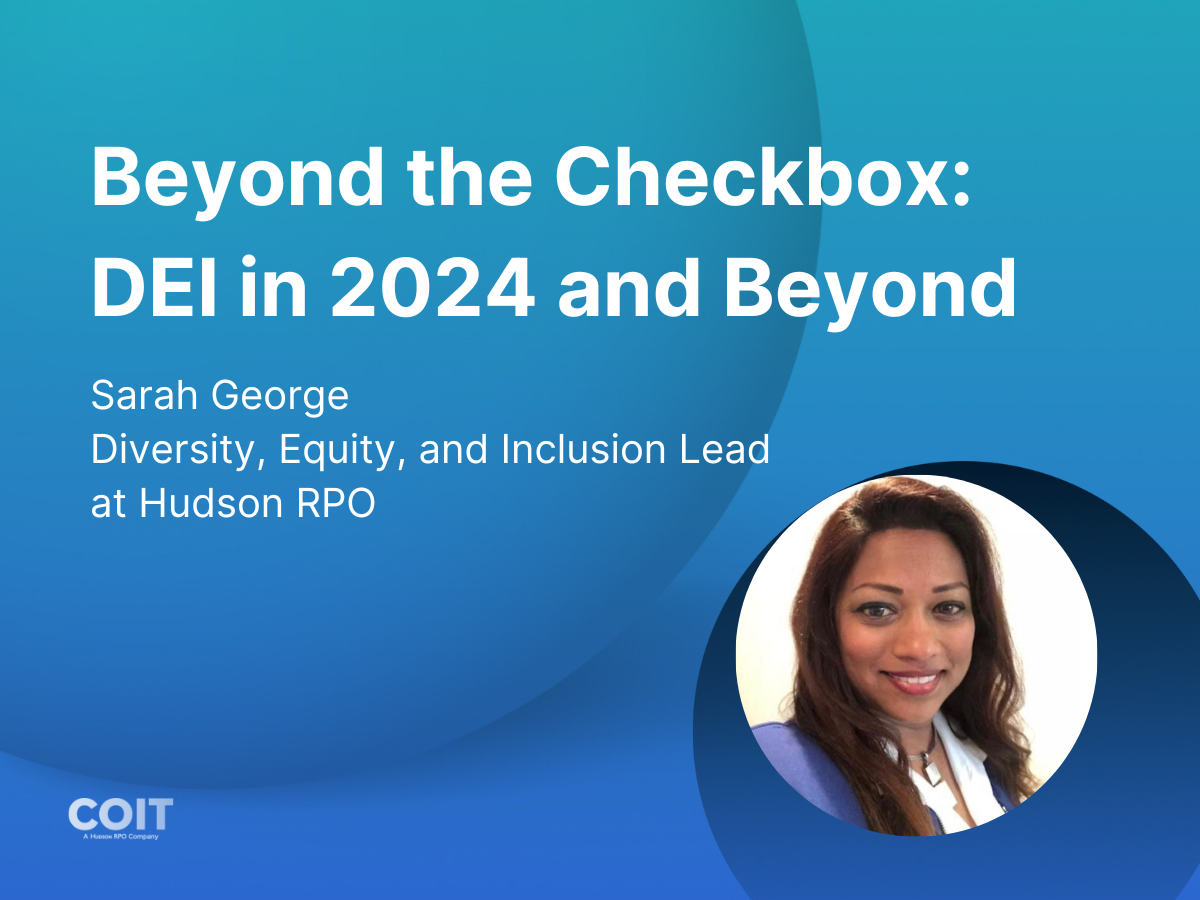
Diversity, equity, and inclusion (DEI) have emerged as pivotal pillars, shaping not only the workforce but also the very ethos of modern work. But it can’t be about ticking boxes; it’s about fundamentally rethinking how teams are built and how talent is nurtured. Companies must move beyond mere representation to cultivating environments where diverse voices are not only heard but also play an integral role in the decision-making processes. This conversation becomes a vital tool for companies aiming to be at the forefront of innovation and inclusivity.
I recently joined Gem’s “What to Fix” webinar series, where I shared my viewpoint on the state of DEI in the workplace, the challenges we face today, and what can be done to address them. This recap offers actionable insights and transformative strategies for embedding DEI in the recruitment journey, resonating with the ethos of a practice that thrives on continual evolution and improvement.
Diversity Challenges & Opportunities for Improvement
Top-of-funnel diversity challenges are common. One strategy shared to find diverse candidates was the active expansion of recruitment channels to effectively reach diverse groups. Panelists emphasized leveraging networks and platforms that cater specifically to underrepresented communities. This approach diversifies the candidate pool but also ensures the outreach is genuinely equitable.
Job advertisements also influence the diverse range of applicants you can bring in. Talent acquisition teams need to carefully craft these descriptions to be inclusive and appealing to a broad audience, free from language that might inadvertently discourage certain groups from applying.
“We need to ensure our language and approach in job postings speak directly to the diverse and underrepresented talent we aim to attract.”
-Sarah George
It goes without saying that internal culture is a main driver for diversity efforts. Companies should foster environments where diverse perspectives are not just welcomed, but actively sought out and valued. This cultural shift is key to making meaningful progress in DEI initiatives in recruitment.
Redefining Metrics
If we’re going to make progress in DEI efforts, we might need to redefine how we measure success.
Redefining success metrics involves a paradigm shift. We need to measure diversity in the hiring pipeline AND capture how our recruiting activities will lead us to the pipeline goals. Are we looking in diverse communities? How many talent pools have you engaged? It’s important to tell a story.
” It’s more than mere numbers; it’s the story they tell that matters.”
- Sarah George
Not to mention, you need to look beyond the pipeline. Retention is the real indicator of an inclusive environment. Even if you hire diverse talent, are you able to retain them, and ensure they feel a sense of belonging. Traditional hiring metrics, such as time-to-hire or cost-per-hire, should be complemented with DEI-focused metrics to provide a more comprehensive understanding of recruitment success.
The Candidate Experience
The candidate experience plays a pivotal role in DEI. The way candidates perceive and interact with a company during the hiring process can significantly impact their decision to engage or disengage. Biases, both conscious and unconscious, can adversely affect these perceptions, potentially deterring diverse talent.
The candidate’s journey correlates with your company’s commitment to DEI. Every step of the hiring process, from the job advertisement to the final interview, should be imbued with principles of diversity, equity, and inclusion. Any hint of bias or lack of diversity in these stages can send a negative message to candidates about the company’s culture and inclusiveness.
Of course, creating a fair and inclusive candidate experience is not just about making a good first impression. It’s about genuinely demonstrating a company’s commitment to building a diverse and equitable workplace. This involves actively addressing biases in the recruitment process, ensuring diverse representation in interview panels, and communicating the company’s DEI values clearly to all candidates. By doing so, companies can attract a wider pool of talent and foster a more inclusive culture, essential for innovation and growth in any sector.
Technology and Tools
Technology and tools will increasingly enhance DEI efforts in recruitment (if properly used). They can help minimize unconscious bias in the recruitment process. They can ensure a more objective evaluation of candidates, focusing on skills and qualifications rather than subjective criteria. Plus data analytics can play a significant role in tracking DEI metrics, allowing organizations to measure and improve their efforts continuously.
Practical tips include using software that anonymizes applications, reducing the likelihood of bias in the initial screening phase. Also, leveraging platforms that specifically target diverse talent pools can significantly widen the scope of recruitment efforts.
DEI is a work in progress (it’s worth it!)
Diversity, Equity, and Inclusion (DEI) is multifaceted and ongoing. It demands a proactive approach, not just in attracting diverse talent but in nurturing an environment where this diversity can thrive. As we leverage technology and innovative strategies, we must remember that the heart of DEI lies in the human element – in our attitudes, our actions, and our commitment to making inclusivity a core part of our organizational DNA.
This is not a singular, isolated initiative but a continuous journey of learning, adapting, and growing. By embedding DEI deeply into our recruitment practices and company culture, we pave the way for a more diverse, equitable, and innovative future. Remember, DEI starts with each one of us, and together, we can drive the change we wish to see in our workplaces and beyond.
If you would like to see the full webinar session, you can watch it on demand here: https://www.gem.com/resource/Reimagining-diversity-outreach
Newsletter
Blog Categories
Recent Posts

[Tech x Talent Dashboard] It’s time to change DEI metrics and tactics

3 Quick Tips to Improve Your Hiring Process

Beyond the Checkbox: DEI in 2024 and Beyond

The Unexpected Secret to Effective Rapid Response Hiring




